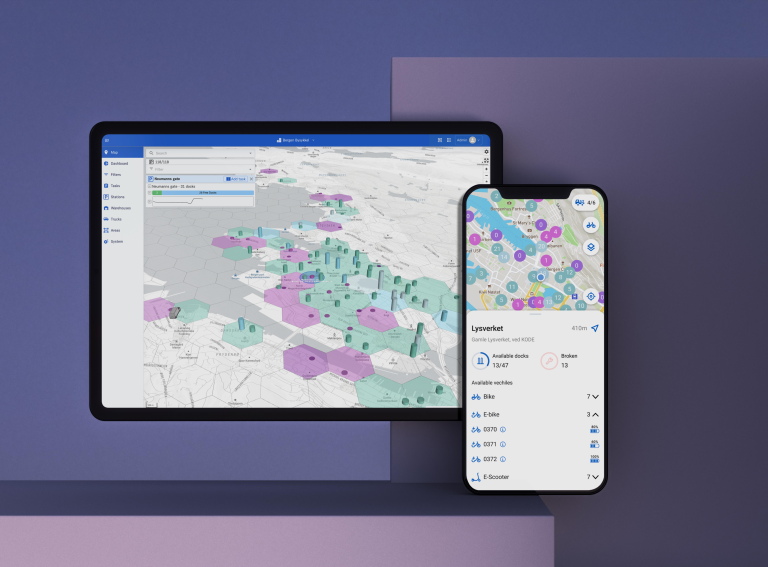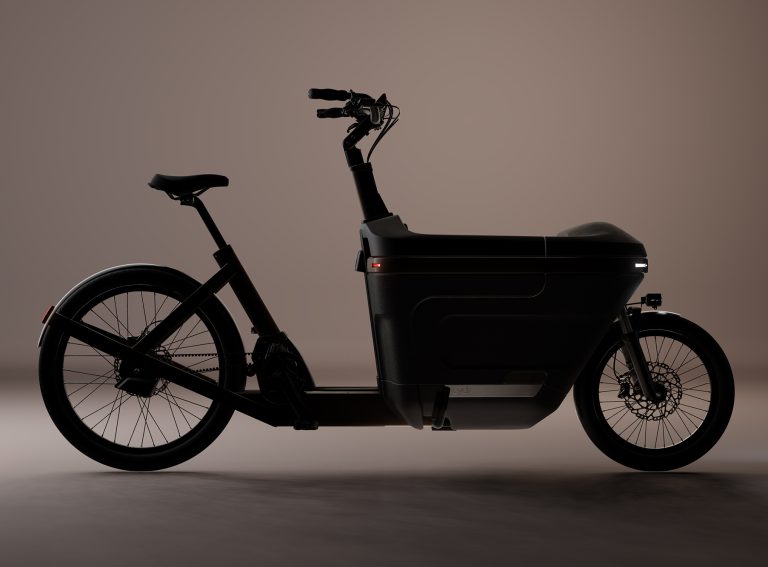Ford-owned shared micromobility firm Spin has partnered with Google Maps in 84 towns, cities and campuses around the world.
Through the partnership, Spin e-scooters and e-bikes will be highlighted on the app as users look for possible transport solutions in locations across the USA, Canada, Germany, and Spain.
Users will be shown how long it will take to walk to the vehicle, as well as battery range and expected arrival time, before being directed to the Spin app to pay for the vehicle, unlock it and take their ride.
This latest integration follows Spin’s recent addition into a number of global and regional journey planning platforms such as Citymapper and Moovit.
Meanwhile, Google Maps partnered with fellow shared micromobility operator TIER last month, a move covering 11 major European cities, before integrating with Bird in the US on Tuesday.
“With this integration, Spin is making it easier for millions of Google Maps users to easily incorporate shared bikes and scooters into their daily trips,” Spin CEO Ben Bear said.
“Our goal is to make it as low friction as possible for consumers to plan multi-modal journeys. It needs to be just as easy, and even more convenient to get around with bikes, buses, trains and scooters as it is with a personal car. This partnership with Google is our biggest platform integration yet with many more in the pipeline.”
Shared e-scooter operator Lime recently announced a partnership of its own with Moovit across 117 cities, and a spokesperson told Zag that by working with transport apps micromobility firms could help bring more users to the mode of transport.
“At Lime, our aim is to create transport that allows people to move efficiently and sustainably, taking cars off city roads,” they said.
“Partnerships with the likes of Moovit are allowing users seamless accessibility to alternative methods of transport across cities and will contribute to the growing uptake of micromobility transport options, as more users become able to access the service.”



